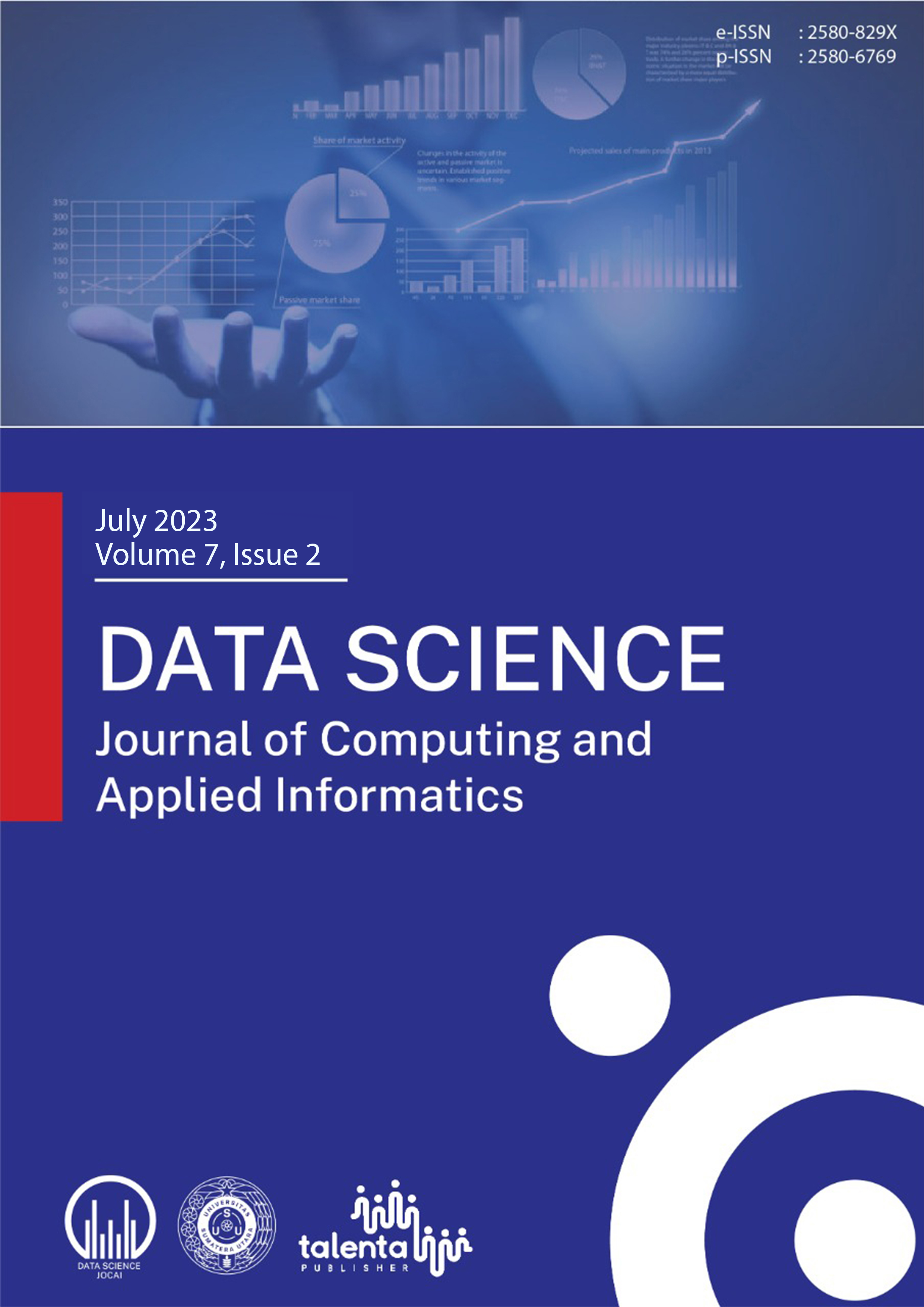On Optimum Sequencing of Job Shop Scheduling in Manufacturing Shop
DOI:
https://doi.org/10.32734/jocai.v7.i2-14375Keywords:
Optimization, Probability Sequencing, Job Shop Scheduling ProblemAbstract
Joh shop scheduling problem (JSSP) is an NP Hard problem. The most obvious real-world application of the JSSP is within manufacturing and machining as the parameter description describes. Companies that are able to optimize their machining schedules are able to reduce production time and cost in order to maximize profits. The aim of the problem is to find the optimum schedule for allocating shared resources over time to complete all n jobs within the problem. In this research we employ probability sequencing and make of comparison of job-shop sequencing rule such as first-come, first-served (FCFS) rule, which can be accomplished only by used of digital simulation. The result shown that using probability sequencing, when the machine is free, a job is selected in accordance with a sequencing rule and is allowed to occupy the machine for a time equal to its predetermined processing time. A job is complete when it has been processed through all centers on its route.
Downloads
References
A. El-Bouri, N. Azizi and S. Zolfaghari, “A Comparative Study of aNew Heuristic Based on Adaptive Memory Programming and SimulatedAnnealing: The Case of Job Shop Scheduling,†European Journal ofOperational Research, 2007, 17 pp., in press.
A. Jain and S. Meeran, “Deterministic Job-Shop Scheduling: Past,Present and Future,†European Journal of Operational Research, vol.113, pp. 390-434, 1999.
C. H. Papadimitriou and J. N. Tsitsiklis. On stochastic scheduling with in-tree precedenceconstraints. SIAM Journal on Computing, 16:1–6, 1987.
Downloads
Published
How to Cite
Issue
Section
License
Copyright (c) 2023 Data Science: Journal of Computing and Applied Informatics

This work is licensed under a Creative Commons Attribution-ShareAlike 4.0 International License.















